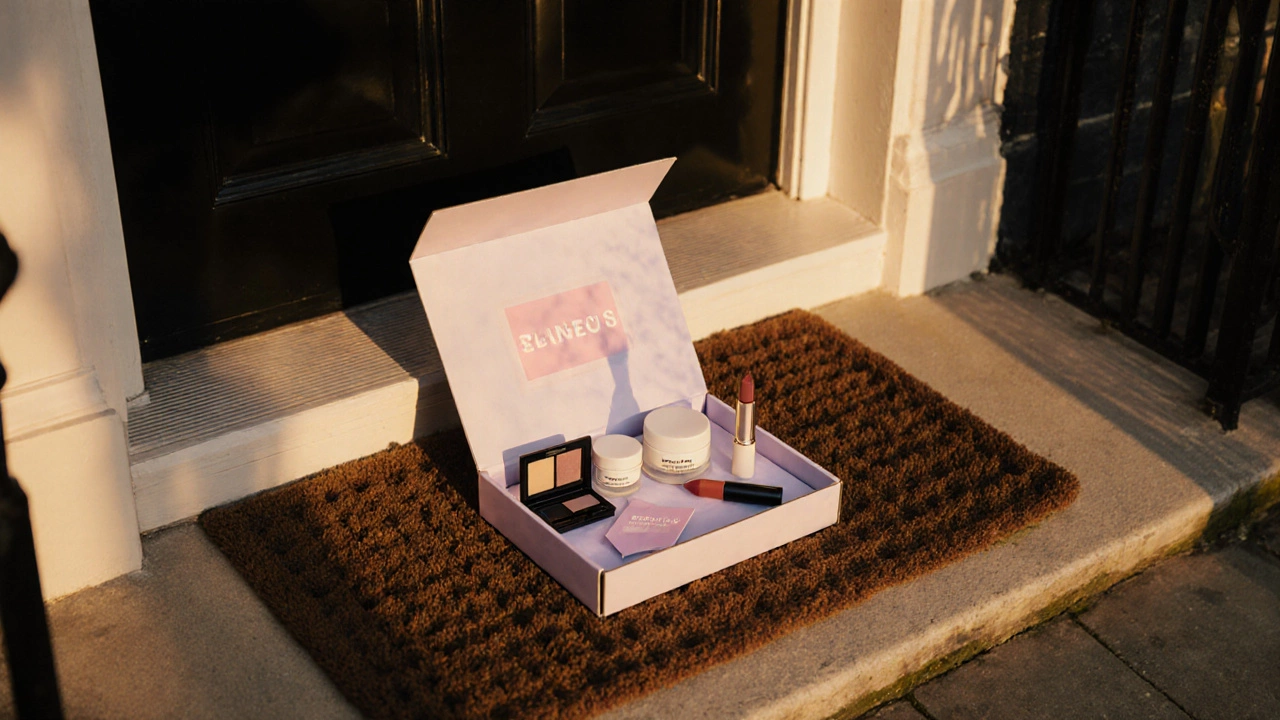Oversaturated Beauty Trends: What’s Really Worth Your Time?
When navigating an oversaturated market filled with too many similar products and hype, it helps to know the bigger picture. The beauty industry the global ecosystem of cosmetics, skincare, and personal care brands constantly pushes new launches, while the skincare market the segment focused on facial and body treatment products sees fierce competition. Add the rise of beauty subscription boxes curated monthly kits delivering trial sizes to consumers, and you’ve got a perfect storm of hype. Understanding how these entities interact lets you cut through noise and focus on what truly works.
One clear sign of an oversaturated space is the flood of anti‑aging trends that all promise the same miracle. From green tea lattes to turmeric kombucha, the market now lists dozens of “age‑defying drinks” that sound almost identical. The underlying semantic triple is: anti‑aging beverages encompass similar antioxidant profiles, and consumer demand drives continuous product launches. By recognizing that many of these drinks share the same key ingredients—green tea catechins, curcumin, or collagen peptides—you can spot the hype and choose the options that actually fit your lifestyle, rather than buying into every new label.
Another hot topic that adds to the saturation is the “cruelty‑free” claim. Brands like OPI and Neutrogena each release statements and certifications, but the definitions vary across markets. This creates a semantic link: cruelty‑free certifications influence consumer trust, while inconsistent labeling creates confusion. Knowing the difference between Leaping Bunny, PETA‑approved, and internal vegan policies helps you separate genuine ethical choices from marketing fluff.
Price tags also fuel the feeling that everything is oversaturated. Premium lines such as Eminence charge high fees, citing small‑batch fermentation and exotic botanicals. The triple here is: high‑priced skincare requires specialized sourcing, yet consumer perception of value depends on visible results. By comparing ingredient lists, concentration levels, and third‑party testing, you can determine if a product’s cost aligns with its performance or if it’s simply riding the wave of market hype.
Subscription boxes add another layer of saturation by targeting specific demographics. Data shows that Gen Z and millennials dominate the buyer pool, attracted by the “try‑before‑you‑buy” model. This creates a clear relationship: beauty subscription services target young, socially‑connected consumers, and personalized curation feeds brand loyalty. Understanding this helps you decide whether a monthly box adds genuine discovery value or just repeats products you already own.
Finally, ingredient hype—like vitamin C deficiency being linked to sagging skin—often inflates the sense of oversaturation. Articles that single out one vitamin or antioxidant can make readers think they need a new supplement every month. The logical chain is: specific nutrient claims lead targeted product development, and market saturation increases consumer skepticism. By focusing on a balanced diet and a core set of proven actives—retinol, niacinamide, and broad‑spectrum sunscreen—you can avoid the endless cycle of chasing the next “miracle” ingredient.
Below you’ll find a curated collection of articles that dig deeper into each of these themes. Whether you’re curious about anti‑aging drinks, want to verify cruelty‑free labels, or need a realistic guide to pricing premium skincare, the posts ahead break down the noise and give you actionable insights you can actually use.

